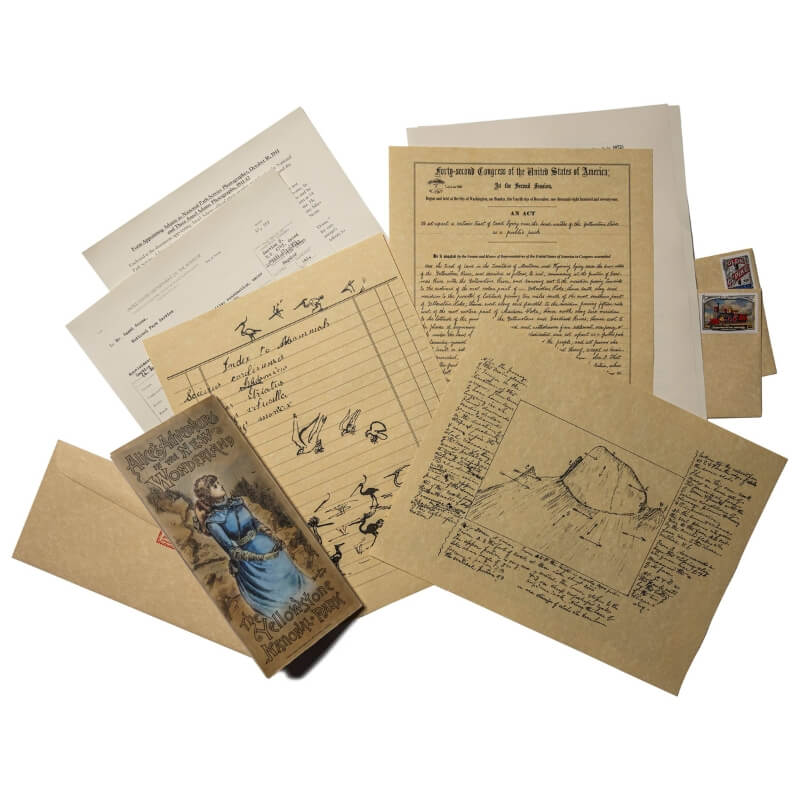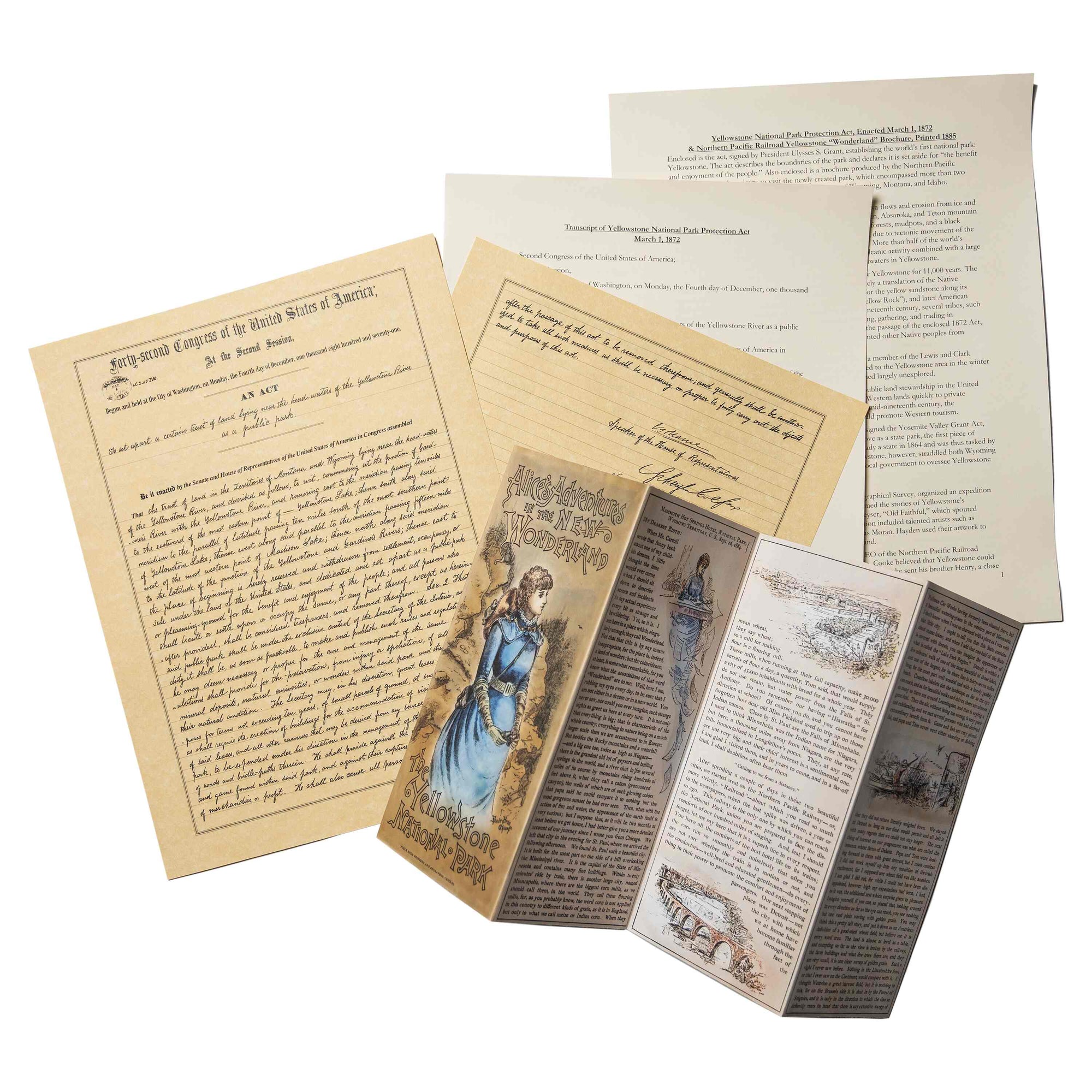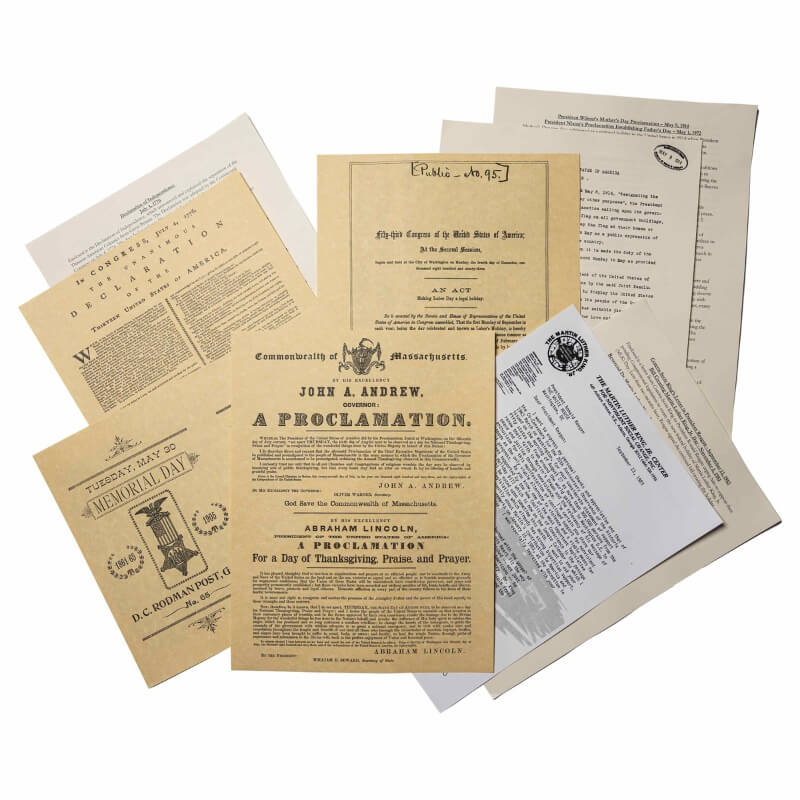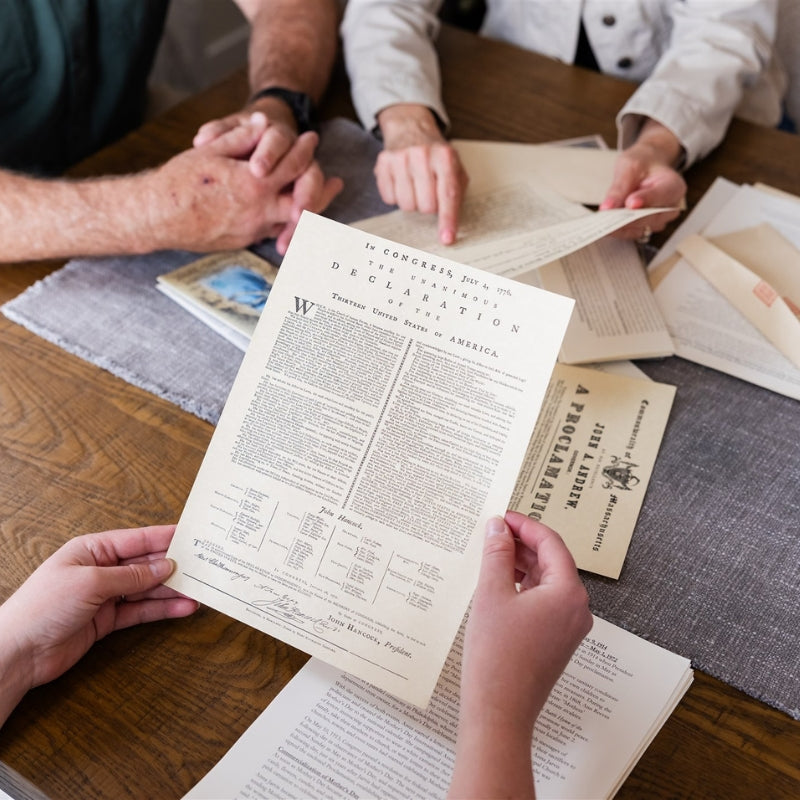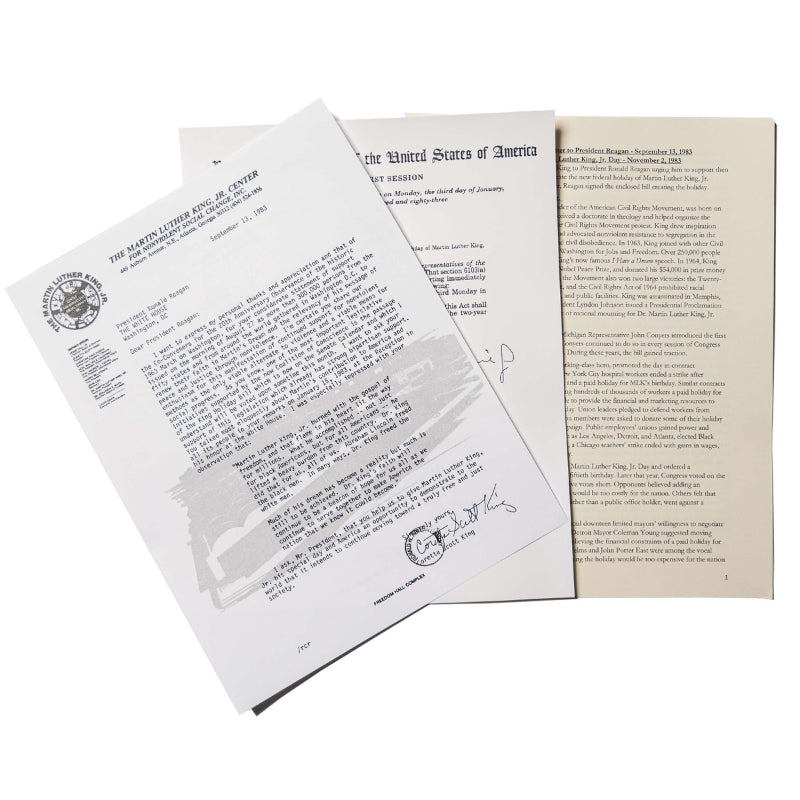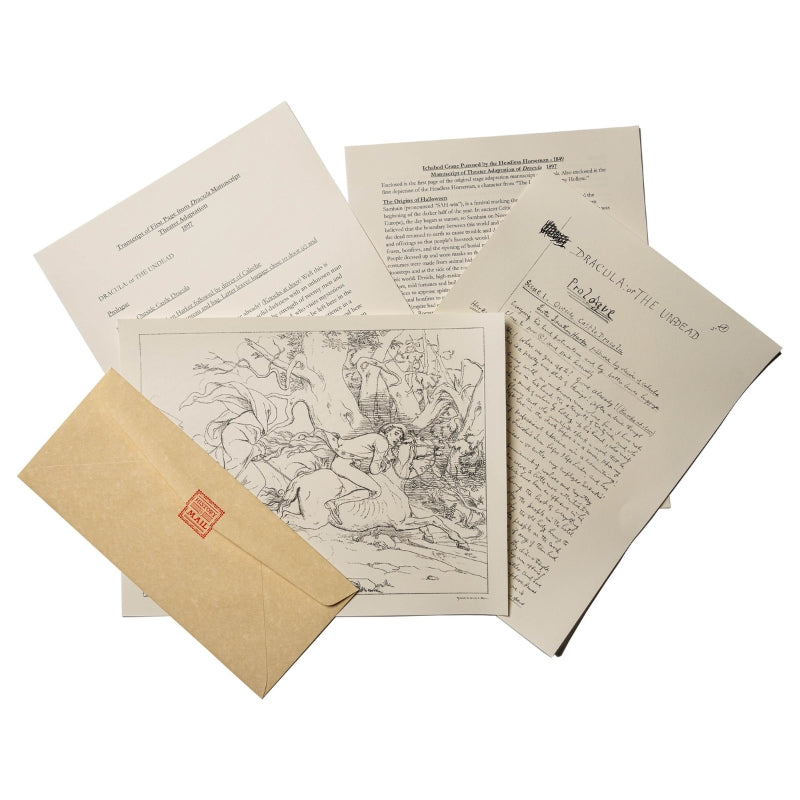WWI Rations
- How did the implementation of FDA rations during World War I impact the availability and distribution of essential food items?
- What were the main objectives and motivations behind the introduction of FDA rations in WWI, and how effective were they in supporting the war effort?
- How did FDA rations in WWI affect the daily lives and dietary habits of the American population, and what were some of the challenges faced in adapting to the rationing system?
- Reflecting on the social and cultural aspects of FDA rations in WWI, how did they influence notions of patriotism, community support, and personal sacrifice?
- What lessons can be learned from the FDA rationing experience in WWI in terms of resource management, government intervention, and public cooperation during times of war or crisis?
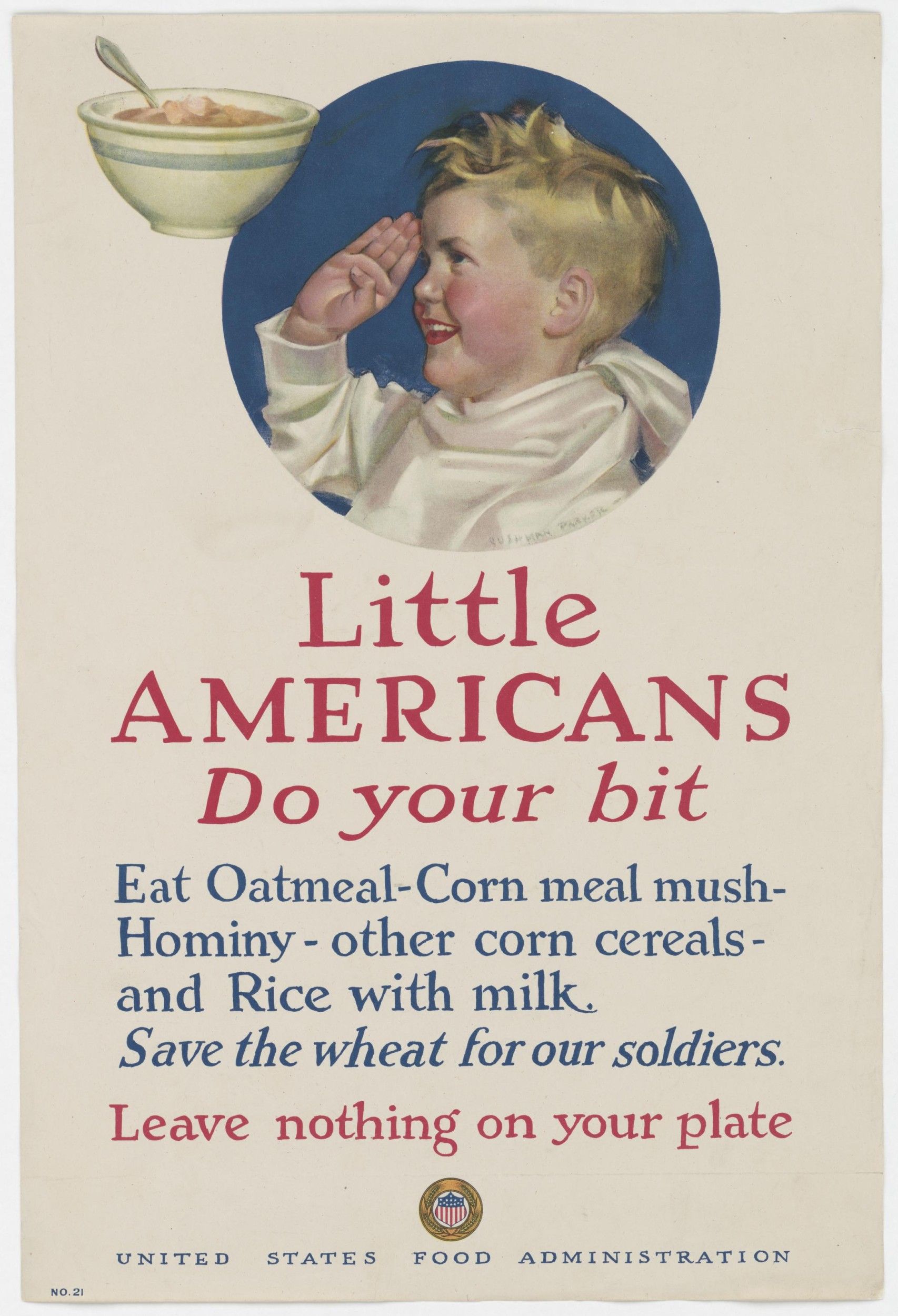
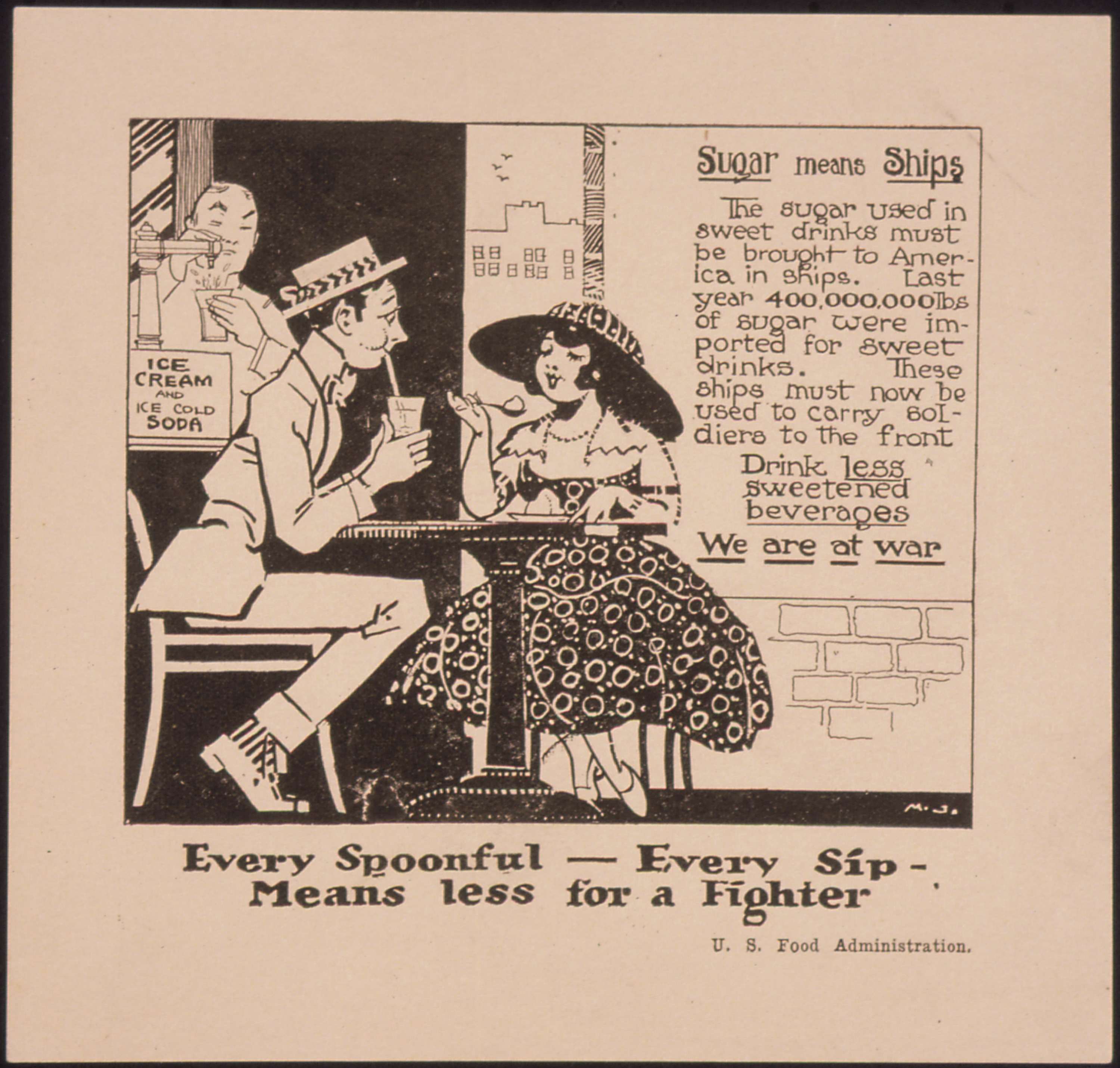
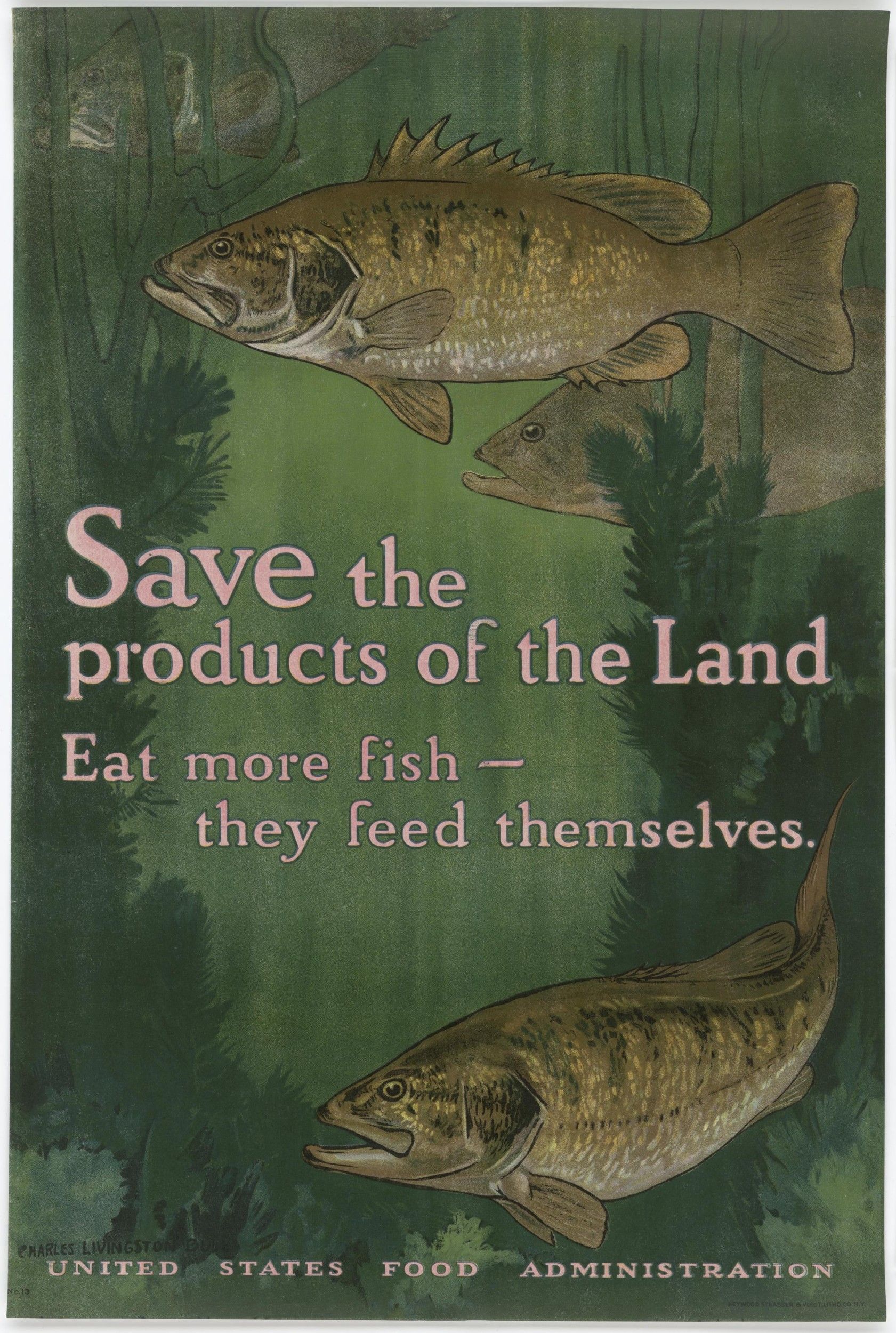
This ad was part of the Food Administration's campaign to encourage Americans to replace their meat consumptions with fish, beans, and cheese.
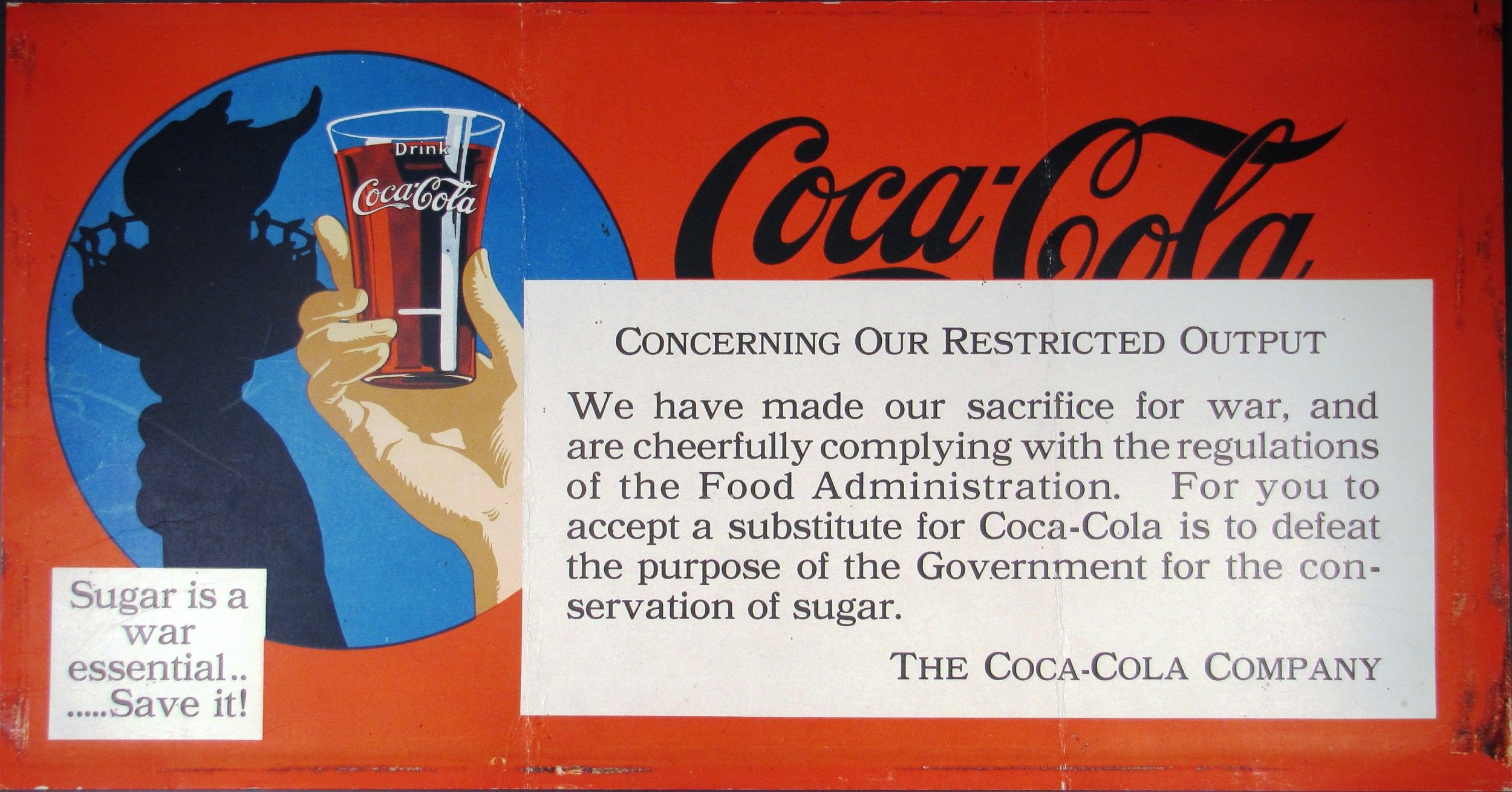

Apple Brown Betty Recipe
Adapted from the “Sweets Without Sugar” pamphlet distributed by the Federal Food Board of New York in 1918.
Start to finish: Approximately 1 hour
Servings: 10
5 medium apples
1 ¼ cups bread crumbs
4 tablespoons of melted butter or cooking fat
¼ cup hot water
1 ½ tablespoons lemon juice
5 tablespoons dark corn syrup
½ teaspoon salt
½ teaspoon cinnamon
Grease a glass or ceramic baking dish and preheat oven to 350° F.
Pare the apples and cut them into thin slices. Toss the bread crumbs with the melted fat in a small bowl. In a separate bowl, mix the hot water, lemon juice, corn syrup, salt and cinnamon together.
Distribute a third of the bread crumb mixture into the bottom of the greased dish and top with half of the sliced apples and half of the liquid. Repeat with another layer of bread crumbs, apples and liquid and top with the remaining bread crumbs. Bake in the oven for 45 minutes.
Replica source: Home Card: What You Can Do to Help Win This War, 1943, National Archives, Records of the U.S. Food Administration, Record Group 4, National Archives Identifier 20762195, https://catalog.archives.gov/id/20762195
"Little American's Promise ...Signed, Address," 1940, National Archives, Records of the U.S. Food Administration, Record Group 4, National Archives Identifier 512684, https://catalog.archives.gov/id/512684
You may also like
National Parks Add-On Subscription
National Parks Add-On Subscription



Free subscription shipping in the US
U.S. Holidays Add-On Subscription
U.S. Holidays Add-On Subscription



Free subscription shipping in the US

